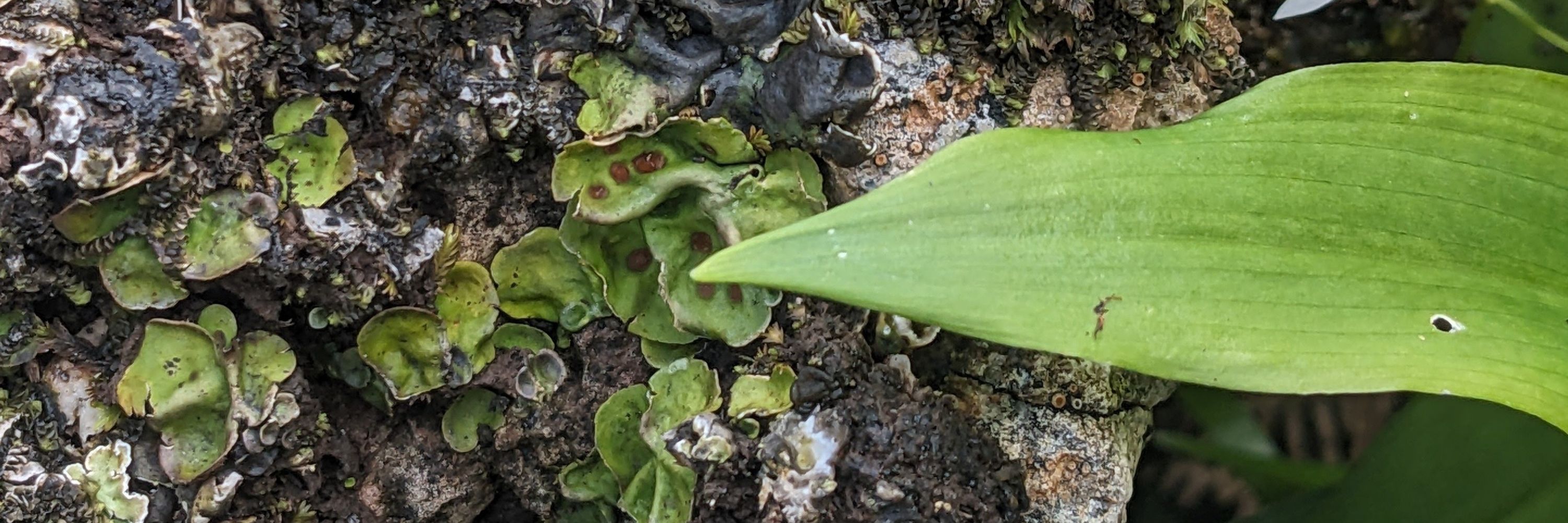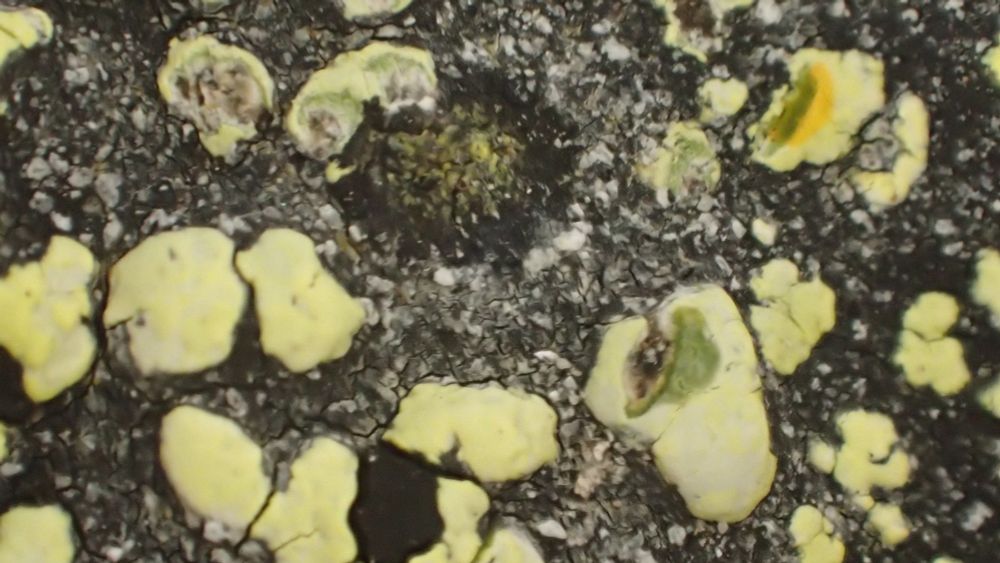

naturalistsforpalestine.org

naturalistsforpalestine.org
www.youtube.com/watch?v=DSDV...

www.youtube.com/watch?v=DSDV...
data.rbge.org.uk/herb/E01002151
data.rbge.org.uk/herb/E01002151
data.rbge.org.uk/search/herba...



data.rbge.org.uk/search/herba...









en.wikipedia.org/wiki/Amyloid...


en.wikipedia.org/wiki/Amyloid...





claude.ai/public/artif...

claude.ai/public/artif...







Perhaps Poeltinula cerebrina needs moving from Poeltinula???!
#Rhizocarpon #LichenGBI
claude.ai/public/artif...

Perhaps Poeltinula cerebrina needs moving from Poeltinula???!
#Rhizocarpon #LichenGBI
claude.ai/public/artif...
claude.ai/public/artif...

claude.ai/public/artif...
#Rhizocarpon #LichenGBI
fuse-journal.org/images/Issue...
#Rhizocarpon #LichenGBI
fuse-journal.org/images/Issue...
#Rhizocarpon #LichenGBI @britishlichensociety.org.uk @thebotanics.bsky.social

#Rhizocarpon #LichenGBI @britishlichensociety.org.uk @thebotanics.bsky.social

techonthego.co.uk/2025/07/micr...

techonthego.co.uk/2025/07/micr...
palestinecampaign.org/events/20-se...

palestinecampaign.org/events/20-se...
xkcd.com/3140/

xkcd.com/3140/

